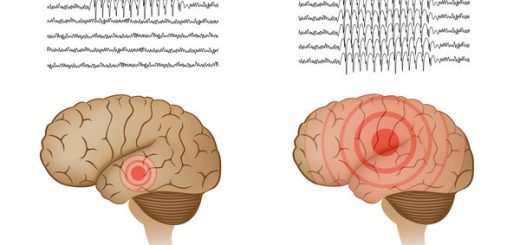Post-Resuscitation Care in First Aid
Post-resuscitation care is becoming increasingly important as the number of successful resuscitations rise. First aiders and first responders should be aware of the steps to take following a return of spontaneous circulation (ROSC).
There is now recognition of a definite post-cardiac arrest syndrome and a need for a structured post-resuscitation protocol to improve ongoing survival after cardiac arrest.
Following a successful resuscitation from cardiac arrest, the following problems can occur:
- Brain injury that shows as coma, seizures, various degrees of brain dysfunction and brain death. It is made worse by hypoxia, hyperoxemia (too much oxygen in the blood), hypercarbia (too much carbon dioxide in the blood), seizures, high temperature, hypoglycemia, hyperglycemia and sudden changes in the small blood vessel circulation in the brain
- Heart failure
- The lack of circulation followed by return throughout the whole body can cause immunological and blood clotting problems. These may cause multiple organ failure and an increased risk of infection.
- Persistence of what caused the problem in the first place (e.g: a heart attack or blood clot).
The severity of these problems varies with the duration of the cardiac arrest. The syndrome may not occur at all if the arrest was brief.
Post-resuscitation care
If still looking after a patient following a cardiac arrest and successful resuscitation:
- Monitor vital signs and oxygen saturation, administer oxygen (if trained) to achieve a target saturation of 94 – 98%
- Monitor and maintain the patient’s airway
- Observe for any seizure activity and manage as appropriate.
- Monitor and record the blood sugar level (if trained)
- Leave the AED pads in position on the patient, even if they regain consciousnesses
- If breathing is present, but inadequate in rate and volume if unconscious apply assisted breathing with a bag-valve-mask (if trained)
- Document the number of shocks given and estimated duration of CPR given, ensure this information is handed over to emergency medical services when they arrive
- Minimize movement of the patient until emergency medical services arrive
Be aware the patient is at high risk of suffering a second cardiac arrest. Be prepared to re-assess and commence CPR if the patient stops breathing again.




